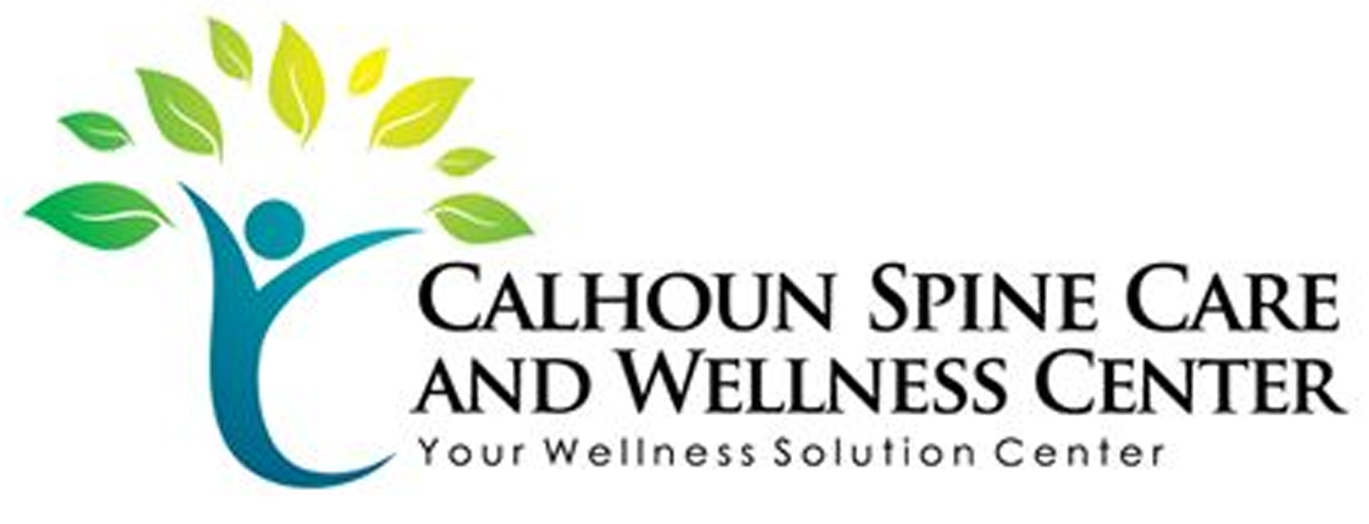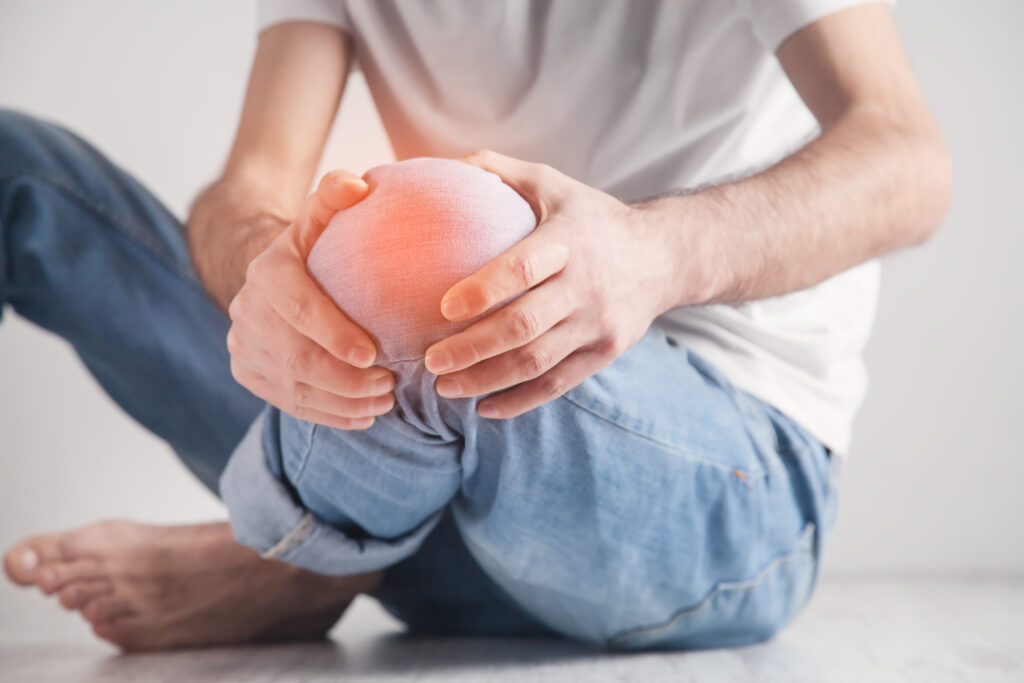If you're struggling with chronic back pain in Calhoun, you're not alone, and there are effective ways to address it. From local treatment options like physical therapy and chiropractic care to practical lifestyle changes, you can take control of your pain management. Engaging in targeted exercises and exploring alternative therapies may provide the relief you seek. As you consider these approaches, you might wonder which combination will work best for you and how to stay motivated on this journey. The answers could lead you to a more comfortable and active life.
Understanding Chronic Back Pain
Chronic back pain can feel like an unwelcome companion, often lingering long after an injury has healed. It's more than just discomfort; it can disrupt your daily activities and affect your overall quality of life. Understanding what chronic back pain is and how it manifests is vital for managing it effectively.
You might experience this pain in various ways. It can be a constant ache, a sharp stabbing sensation, or even a feeling of stiffness. These sensations can stem from multiple causes, including previous injuries, degenerative disc disease, or even stress and anxiety. The brain can sometimes continue sending pain signals even after the underlying issue is resolved, leading to what's known as neuropathic pain.
Additionally, your lifestyle choices can contribute to the persistence of chronic back pain. Sedentary habits, poor posture, and lack of exercise can exacerbate the situation.
Even how you sleep can play a role in how your back feels each day. You may find that certain positions worsen your pain or that inadequate support from your mattress affects your recovery.
Recognizing these patterns is essential for you to take proactive steps toward managing your condition. Engaging in self-care practices and staying informed about your body can empower you to reclaim control over your life.
Local Treatment Options
When it comes to managing chronic back pain, local treatment options can offer targeted relief right where you need it most.
These treatments focus on alleviating pain in specific areas, providing you with immediate comfort and improving your overall quality of life.
Here are some effective local options you might consider:
- Physical Therapy: A skilled therapist can create a personalized plan, using techniques like manual therapy and specific stretches to reduce pain and improve mobility.
- Chiropractic Adjustments: Chiropractors use hands-on spinal manipulation to relieve pain and restore proper alignment, which may alleviate pressure on nerves.
- Acupuncture: This ancient practice involves inserting thin needles into specific points on the body, promoting natural healing and pain relief without medication.
- Massage Therapy: Therapeutic massage can relax tight muscles, improve circulation, and reduce stress, all of which can contribute to back pain relief.
- Topical Treatments: Creams, gels, or patches with analgesics or anti-inflammatory properties can be applied directly to the skin over painful areas, providing localized relief.
Effective Exercise Techniques
To effectively combat chronic back pain, incorporating specific exercise techniques into your routine can make a significant difference. Focus on exercises that strengthen your core, improve flexibility, and enhance your overall posture. A strong core stabilizes your spine, reducing the strain on your back.
Start with pelvic tilts. Lie on your back with your knees bent, feet flat on the floor. Gently flatten your lower back against the floor by tightening your abdominal muscles and tilting your pelvis upward. Hold for a few seconds, then relax. Repeat this 10 to 15 times.
Next, try cat-cow stretches. Begin on your hands and knees. Inhale as you arch your back, lifting your head and tailbone toward the ceiling. Exhale as you round your back, tucking your chin and tailbone. This dynamic movement promotes flexibility and eases tension in your spine.
Plank exercises can also be beneficial. Start in a push-up position, keeping your body in a straight line from head to heels. Hold this position for 20 to 30 seconds, focusing on engaging your core. Gradually increase the duration as your strength improves.
Finally, don't forget the importance of walking. It's a low-impact exercise that encourages circulation and strengthens your back muscles. Aim for at least 20 to 30 minutes of brisk walking several times a week.
Always listen to your body and consult a healthcare professional before starting any new exercise program, especially if you have chronic back pain.
Lifestyle Modifications
To effectively combat chronic back pain, you need to make some lifestyle modifications.
Creating an ergonomic work environment and sticking to a regular exercise routine can greatly improve your comfort and mobility.
Let's explore how these changes can lead to a healthier, pain-free life.
Ergonomic Work Environment
Creating an ergonomic work environment is crucial for managing chronic back pain, as it directly impacts your posture and comfort throughout the day.
By making simple adjustments, you can greatly reduce strain on your back and enhance your productivity.
Start by evaluating your workspace. Here are some key elements to take into account:
- Chair: Use a chair with good lumbar support that encourages a neutral spine position.
- Desk Height: Confirm your desk is at elbow height to avoid hunching or straining your shoulders.
- Monitor Position: Your computer screen should be at eye level to prevent neck strain; adjust the height or use a monitor riser if needed.
- Foot Support: Keep your feet flat on the floor or use a footrest to maintain proper alignment.
- Keyboard and Mouse: Position these tools close enough to avoid stretching, keeping wrists straight and relaxed.
Regular Exercise Routine
Incorporating a regular exercise routine can greatly alleviate chronic back pain and improve your overall well-being. Engaging in physical activity strengthens your back muscles, improves flexibility, and promotes better posture, all of which contribute to pain relief.
Start with low-impact exercises like walking, swimming, or cycling, which are gentle on your joints while still providing effective benefits. Aim for at least 30 minutes of moderate exercise most days of the week.
You can also include specific strength-training exercises targeting your core and back muscles. These exercises help stabilize your spine, reducing strain on your back. Don't forget to stretch regularly; stretching improves flexibility and can help prevent muscle tightness.
Listen to your body as you begin your routine. If you experience pain, modify your exercises or consult a healthcare professional for guidance. Consistency is key, so find activities you enjoy to keep you motivated.
Alternative Therapies
When it comes to managing chronic back pain, alternative therapies like acupuncture and chiropractic adjustments can offer significant relief.
You might find that these treatments not only help alleviate pain but also improve your overall well-being.
Let's explore how these therapies can benefit you on your journey to recovery.
Acupuncture Benefits
Often overlooked, acupuncture offers a unique approach to combat chronic back pain. This ancient practice involves inserting thin needles into specific points on your body, aiming to restore balance and alleviate discomfort. You might be surprised by the benefits it can bring.
Here are some key advantages of acupuncture for back pain relief:
- Pain Reduction: Studies show acupuncture can considerably lower pain levels, helping you manage discomfort more effectively.
- Improved Mobility: By relieving muscle tension and promoting relaxation, acupuncture may help enhance your range of motion.
- Stress Relief: The treatment can trigger the release of endorphins, which can reduce stress and improve your overall sense of well-being.
- Reduced Inflammation: Acupuncture may help decrease inflammation in your back, contributing to better recovery and less pain.
- Holistic Approach: This therapy considers your overall health, addressing not just the pain but also any emotional or physical factors contributing to your discomfort.
Incorporating acupuncture into your pain management plan could offer you a fresh perspective on overcoming chronic back pain.
Don't hesitate to explore this effective option!
Chiropractic Adjustments
Chiropractic adjustments can be a powerful tool for those struggling with chronic back pain. These hands-on treatments aim to realign your spine, which can alleviate pressure on nerves and improve mobility. When your spine is properly aligned, it allows your body to function more effectively, reducing discomfort and enhancing overall well-being.
During a chiropractic session, your chiropractor will assess your condition and apply controlled force to specific joints. You might feel a pop or crack as your joints realign, but don't worry—this is a normal part of the process. Many patients report immediate relief after their adjustments, along with improved range of motion.
Regular chiropractic care can help maintain your spine's alignment, preventing future episodes of pain. It's important to communicate openly with your chiropractor about your symptoms and any concerns you have. They'll tailor a treatment plan that suits your individual needs.
Incorporating chiropractic adjustments into your routine can be a proactive step in managing chronic back pain. By prioritizing your spinal health, you're investing in a more active, pain-free lifestyle.
Consider scheduling an appointment today to explore how chiropractic care can help you.
Supportive Community Resources
Finding supportive community resources can be a game-changer in your journey to combat chronic back pain. Connecting with local organizations and individuals who understand your struggles can provide not just physical support but also emotional encouragement.
You don't have to face this challenge alone; there are plenty of resources available in Calhoun that can help you on your path to relief.
Here are some great community resources to take into account:
- Support Groups: Joining a local support group can help you share experiences and coping strategies with others facing similar challenges.
- Physical Therapy Clinics: Many clinics offer specialized programs tailored to chronic back pain, allowing you to work with professionals who understand your needs.
- Wellness Centers: Look for wellness centers that provide holistic treatments, such as yoga or tai chi, which can improve flexibility and strengthen your back.
- Educational Workshops: Attend workshops that focus on pain management techniques, nutrition, and self-care strategies to empower yourself with knowledge.
- Local Health Events: Participate in community health fairs or events where you can learn about resources and meet professionals who specialize in back pain.
Utilizing these resources not only helps you manage your pain but also fosters a sense of community and belonging.
Tips for Long-Term Relief
Achieving long-term relief from chronic back pain requires a proactive approach that combines lifestyle changes, consistent self-care, and professional guidance.
Start by incorporating regular physical activity into your routine. Aim for low-impact exercises like walking, swimming, or yoga, which can help strengthen your back and improve flexibility without putting too much strain on your body.
Next, pay attention to your posture throughout the day. Whether you're sitting at a desk or lifting heavy objects, maintaining a neutral spine can considerably reduce strain on your back. Invest in ergonomic furniture or tools that promote good posture and minimize discomfort.
Don't overlook the importance of stretching. Incorporate daily stretches specifically targeting your back and core muscles. This will enhance your flexibility and alleviate tension.
Additionally, consider integrating mindfulness practices like meditation or deep-breathing exercises to manage stress, which can exacerbate pain.
Regular visits to a healthcare professional—like a physical therapist or chiropractor—can provide tailored strategies for managing your pain. They can offer hands-on treatments and advice specific to your condition.
Lastly, maintain a healthy weight. Excess weight can place additional strain on your back, so focusing on a balanced diet and regular exercise will benefit your overall health and support your back.
Conclusion
In Calhoun, you have plenty of options to combat chronic back pain. By exploring local treatments, engaging in effective exercises, and making lifestyle changes, you can greatly improve your quality of life. Don't hesitate to seek out alternative therapies and connect with community support groups for added assistance. Remember, managing your pain is a journey, and with the right resources and strategies, you can find long-term relief and regain your comfort and mobility.



